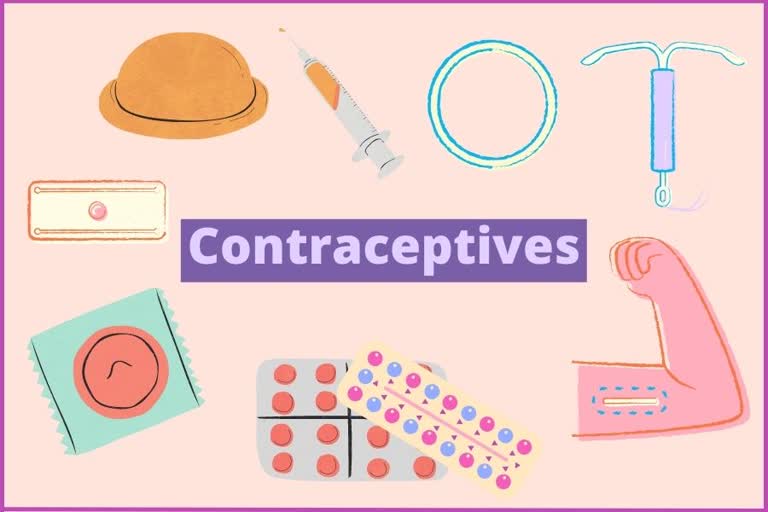Contraception aims to prevent pregnancy by halting egg production, or by preventing implantation. It is a good idea, especially for women, when they become sexually active in their life and wish to avoid unwanted pregnancies. Also, along with avoiding pregnancies, certain types of contraceptives can protect against sexually transmitted illnesses (STIs) as well.
Condoms
This is the only kind of contraception that protects against and prevents most STIs. This contraceptive technique may be used on request, is easily available, hormone-free, and can be readily used. Male condoms roll on an erect penis and function as a physical barrier to the transmission of sexual fluids between the male and female. The female condom is applied directly before intercourse in the vagina. Based on traditional use, the female version is not as efficient as the male latex condom, and it might take quite a bit of effort to become acclimated to it.
Combined pill
The combination oral contraceptive pill is commonly referred to simply as "the pill." It includes oestrogen and progesterone, two synthetic female hormones. These hormones are naturally generated in a woman's ovaries. The pill's hormones inhibit a woman's ovaries from producing an egg (ovulating). They also make it more difficult for sperm to reach an egg or for an egg to implant in the uterine lining. The pill is most commonly used to avoid conception, but it can also be used to treat painful periods, heavy periods, PMS, and endometriosis
Intrauterine System (IUD)
This tiny, T-shaped device is inserted within a woman's uterus by a qualified healthcare practitioner and is constructed of material containing either copper or progesterone hormone. It is reversible, long-acting contraception that may last anywhere from three to ten years, depending on the kind. To prevent pregnancy, certain IUDs contain hormones that are gradually released. If fitted by a healthcare practitioner within five days (120 hours) of having unprotected intercourse, the IUD can be effective emergency contraception.
Contraception implant
A tiny, flexible rod is inserted beneath the skin of a woman's upper arm to release a version of the hormone progesterone. The hormone inhibits the ovary's ability to release an egg and thickens cervical mucus, making it difficult for sperm to enter the womb. The insertion of the implant involves a minor procedure using local anaesthesia to fit and remove the rod, and it must be renewed every three years.
The 'Morning After' pill
